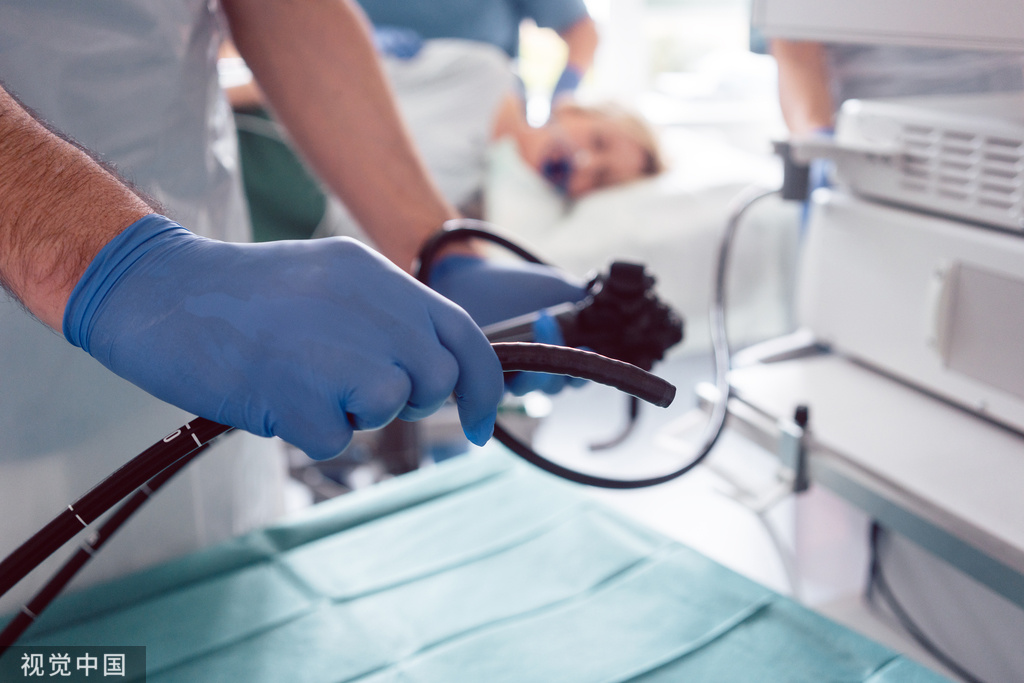Home Portable Endoscope Selection Guide: Common Types and Core Parameter Analysis
2025/07/04

With the development of technology, portable endoscopes have become practical tools for home self-examination (such as checking ear canals, nasal cavities, pet health, etc.). However, with various types on the market, how to choose scientifically? The following is a popular science analysis of common types and key parameters of home endoscopes:
I. Common Types of Home Endoscopes
Ear, Nose, and Throat Endoscope
Use: Check for foreign objects in the ear canal, sinusitis, sore throat, etc.
Features: Slim body (usually diameter ≤4mm), with LED lighting, can be connected to a mobile phone APP to view real-time images.
Oral Endoscope
Use: Observe tooth decay, gum health, wisdom tooth growth, etc.
Features: Waterproof design, wide-angle lens ≥90°, easy to operate.
Pet/Industrial Multi-purpose Endoscope
Use: Pet oral examination, mechanical pipeline inspection, etc.
Features: The body can be bent (bending angle ≥180°), compatible with multiple scenarios.
Gynecological Endoscope (Use with caution)
Use: Basic home gynecological self-examination (recommended under the guidance of a doctor).
Features: Sterile material, soft body to prevent scratching.
II. Core Parameter Guide for Selection
Resolution and Imaging Quality
Recommendation: Choose ≥720P high-definition lens; low resolution can easily misjudge lesions (such as confusing ear canal fungi with earwax).
Misconception: Blindly pursuing high pixels, it is necessary to combine the sensor size (such as 1/4-inch CMOS is better than small-size sensors).
Lighting System
LED light source: Brightness needs to be adjustable (avoid strong light stimulating the mucous membrane), cold light source is safer.
Case: Nasal examination is recommended to have 6-level dimming to avoid glare.
Body Design and Flexibility
Diameter: Ear canal use ≤3mm, nasal cavity use ≤4mm.
Bending degree: Multi-joint body (such as snake bone design) is suitable for complex parts, but it needs to be protected from damage.
Waterproof and Disinfection
Necessity: IP67 waterproof (can be wiped with alcohol) to avoid cross-infection.
Warning: Non-waterproof models should be carefully selected; wet environments easily breed bacteria.
Endurance and Portability
Battery: Endurance ≥1.5 hours, supports Type-C fast charging.
Weight: ≤100g is preferred, long-term holding is not tiring.
Software and Compatibility
APP function: Needs to support video recording, screenshots, medical record management (such as iOS/Android dual-platform compatibility).
Privacy and security: Choose local storage mode to avoid cloud leakage of health data.
III. Precautions for Home Use
Not a substitute for professional medical treatment: Only for preliminary observation; seek medical attention for abnormal symptoms.
Operation specifications: Avoid violent insertion; lubricate fragile mucous membranes.
Regular maintenance: Clean the lens after use to avoid scratches affecting imaging.
Selection tips: High-definition imaging is the basis, soft light and waterproof protect the mucous membrane; the lens is thin, light, and long-lasting, and data security is essential.
Through scientific selection, portable endoscopes can become a "third eye" for home health management, but remember: it assists observation, not diagnosis!
MORE NEWS



